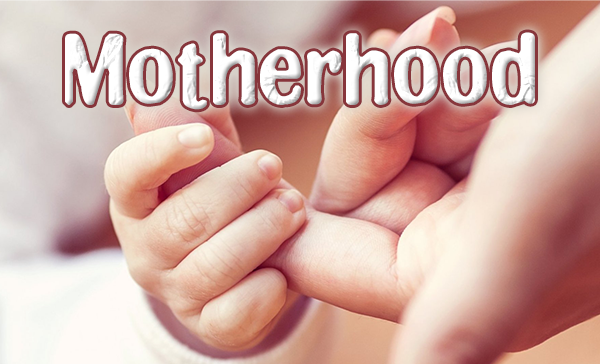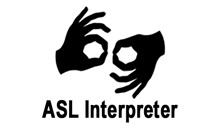
I spoke today with my Aunt Martha (97). She resides in Charleston, SC, near her two daughters. She remains quite active: driving, cooking, and living independently. Of the thirteen aunts and uncles I knew growing up (on father and mother’s side), she alone is still living. Her voice, laughter, and comments remind me of her older sister, my mom. Our conversations usually prompt me to re-visit a box of old family pictures and archives I have kept.
In that souvenir box are old newspaper clippings and photographs which attest to the major changes that have taken place in the century since the birth of my mother in 1921. Sociologists, anthropologists, and historians of every stripe have documented and commented on the head-spinning pace of these changes.
Even greeting card companies track the changing dynamics of culture and its effects on their industry. Today there are categories and identified groups that would never have crossed card-makers’ minds decades earlier.
Yet, I think, mothers have been adapting to shifting culture all along; they just haven’t always had an entire line of cards that focused on it. Despite the growing number of targeted relationships that card companies design for, there are still a great number of us (I’ve been doing an informal survey) who find card-shopping an exercise in futility. Often, standing before a large aisle of cards, I’ve not only been unable to find the right card capturing the relationship but have thought myself outside the confines of a greeting card sentiment. It’s not that the things said on a Mother’s Day card I might choose aren’t real; it’s just that my mom was so much more real than anything a card could ever articulate for me.
Scripture’s unadorned images of motherhood do not fit neatly into categories either. Naomi was embittered by the death of her husband and her two young sons. Rebekah conspired with her son to trick her ailing husband. Sarah, Hannah, Michal, and Elizabeth—among others—suffered the despair and scorn of barren wombs. Mary sang with hope when she learned she would have a son. Later, she would watch him die an agonizing death. Like those we celebrate on Mother’s Day, the women we find in Scripture tell their stories from a vast array of settings and situations. They come to us scheming or flourishing or despairing, silenced or prayerful or with strength we can hardly fathom, but the confrontation is always real.
The authentic humanity found in the Bible is not often something we stop to consider. Maybe it is more comfortable to try to line up with images of life on greeting cards than with these stories of struggle, desperation, mystery, and bravery. And yet, it is in this very story weighted with every complexity of our humanness that God became human himself. To real and wanting people, a God in real flesh came near.
Hannah’s hopeful voice comes as she finds the courage to express her grief and position, and it is here that she finds God. The story imparts: “In bitterness of soul Hannah wept much and prayed to the LORD. And she made a vow, saying, ‘O LORD Almighty, if you will only look upon your servant’s misery and remember me, and not forget your servant but give her a son, then I will give him to the LORD for all the days of his life.'” In tearful honesty, she sought God. And Hannah’s pain in childlessness became her child’s link to God.
The images of motherhood in Scripture give us insights into ourselves, into our mothers, into the pain of lost hope, the ache of longed-for identities, the startling gift of prayer, and the beauty of faith. Many of these women describe what it’s like to feel abandoned by God, to cry out as with nothing—and everything—to lose. Their lives encourage us to seek God where God can be found, even along very unexpected paths. Their real and trying stories are given a place in Christ’s story, and this speaks volumes into our own.
~Pastor Mullinax







